At a key regional gathering in Kuala Lumpur, China quietly moved to fill a leadership vacuum in trade and economic diplomacy, while the United States played a noticeably lower-profile role. The summit provided a clear signal about shifting power dynamics in the Indo-Pacific — and could have implications for trade patterns far beyond the region.
Asserting Multilateral Trade Credentials
China’s premier told assembled leaders that they must protect trade openness, resist protectionism and speed up regional economic integration. He referenced the region’s existing trade architecture and urged members to deepen cooperation and avoid “all forms of protectionism.”
In effect, China is presenting itself as the champion of multilateral trade within the region — contrasting with the U.S. approach, which in recent years has leaned more toward bilateral deals, tariff leverage and strategic rivalry.
U.S. Engagement: Present But Limited
Although the U.S. was represented at the summit, it did not wield the same presence as some other major powers, nor did it appear to drive a unified trade agenda in this setting. Meanwhile, several countries — including Canada and Brazil — indicated openness to negotiating and engaging with both China and the U.S. in the trade space.
This suggests that the U.S., for now, is not setting the regional trade agenda and is instead facing a scenario where its traditional role is being contested.
The Role of the RCEP Bloc
A highlight of the gathering was the activity of the regional trade bloc which China supports. This bloc, encompassing major East Asian and Southeast Asian economies (along with others in the Indo-Pacific), touted its size, growth prospects and ambition to incorporate new members. With roughly one-third of global GDP under its umbrella, the bloc offers a platform that can counterbalance trade strategies focused on the U.S.
China’s push to expand this bloc and promote its model of regional integration points to a form of economic diplomacy that is less anchored in security-alliances and more focused on trade connectivity.
European and Japanese Concerns Surface
While supporting multilateral frameworks in principle, European and Japanese representatives voiced concerns about China’s tightening controls over exports of strategic materials — particularly critical-component rare earths. These concerns underscore that even as China positions itself as the leader of a trade-forward regional order, it is also subject to criticism for leveraging its industrial strengths in geopolitically sensitive ways.
This interplay of cooperation and competition is likely to shape how trade relations unfold in this region going forward.
What This Means for Pakistan and Neighbouring Regions
For countries in South Asia — including Pakistan — the implications are significant. As major powers reposition in the region, there may be more trade-investment pipelines coming through the Indo-Pacific corridor. Pakistan may find opportunities to integrate into broader supply-chains anchored by the East Asian economies.
At the same time, with China actively seeking to consolidate its trade ties, and the U.S. less assertive in this domain, the strategic calculus for smaller states is changing. Countries will need to balance relationships, access to markets, and the risks of dependency.
Outlook: A Shift in Economic Order
The summit marked a case where economic diplomacy arguably out-paced security frameworks. China’s assertive move to cast itself as a trade leader in this part of the world is more than symbolic — it reflects a long-term push to shape rules, connectivity and institutional architecture.
The U.S. has so far not matched that momentum here. Whether it will respond with new trade strategies or let regional economic influence shift remains uncertain. In any case, the outcome is likely to affect global supply-chains, market access and investment flows for years to come.

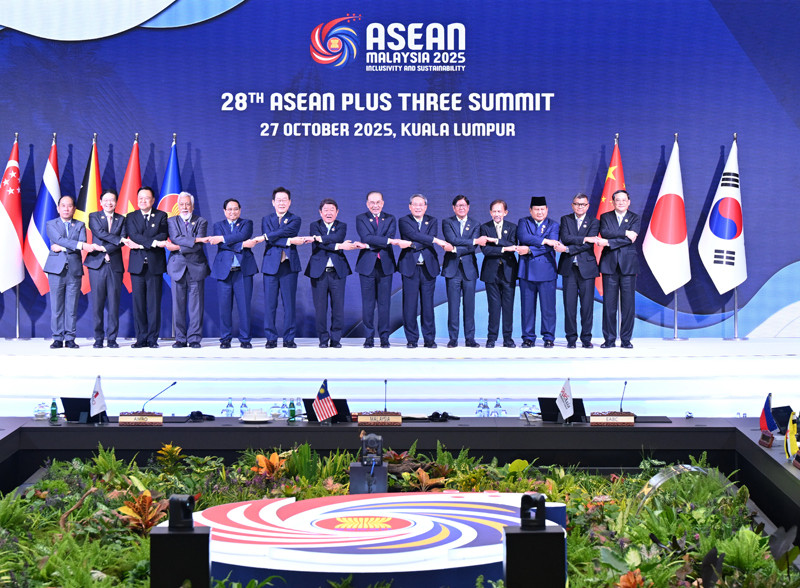



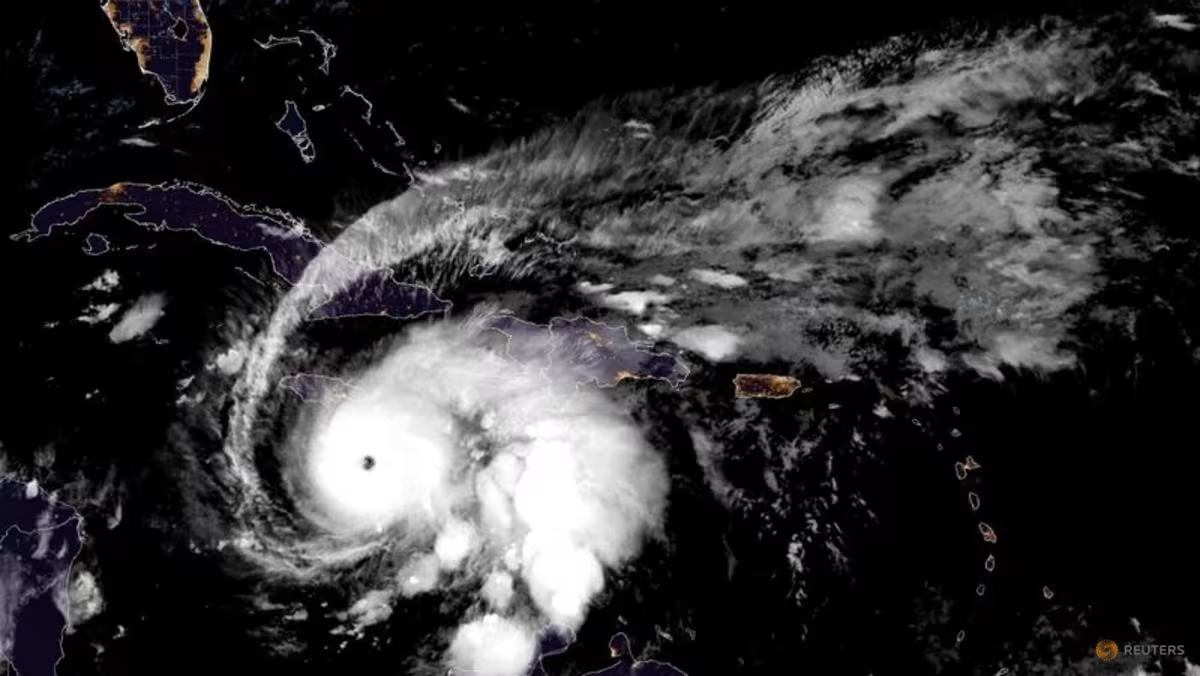

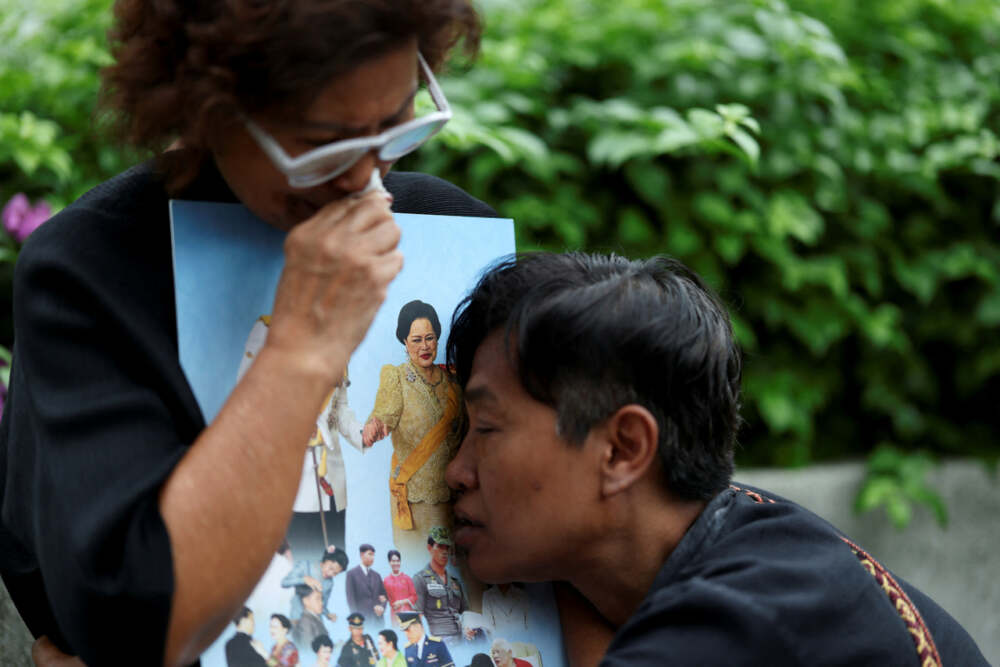

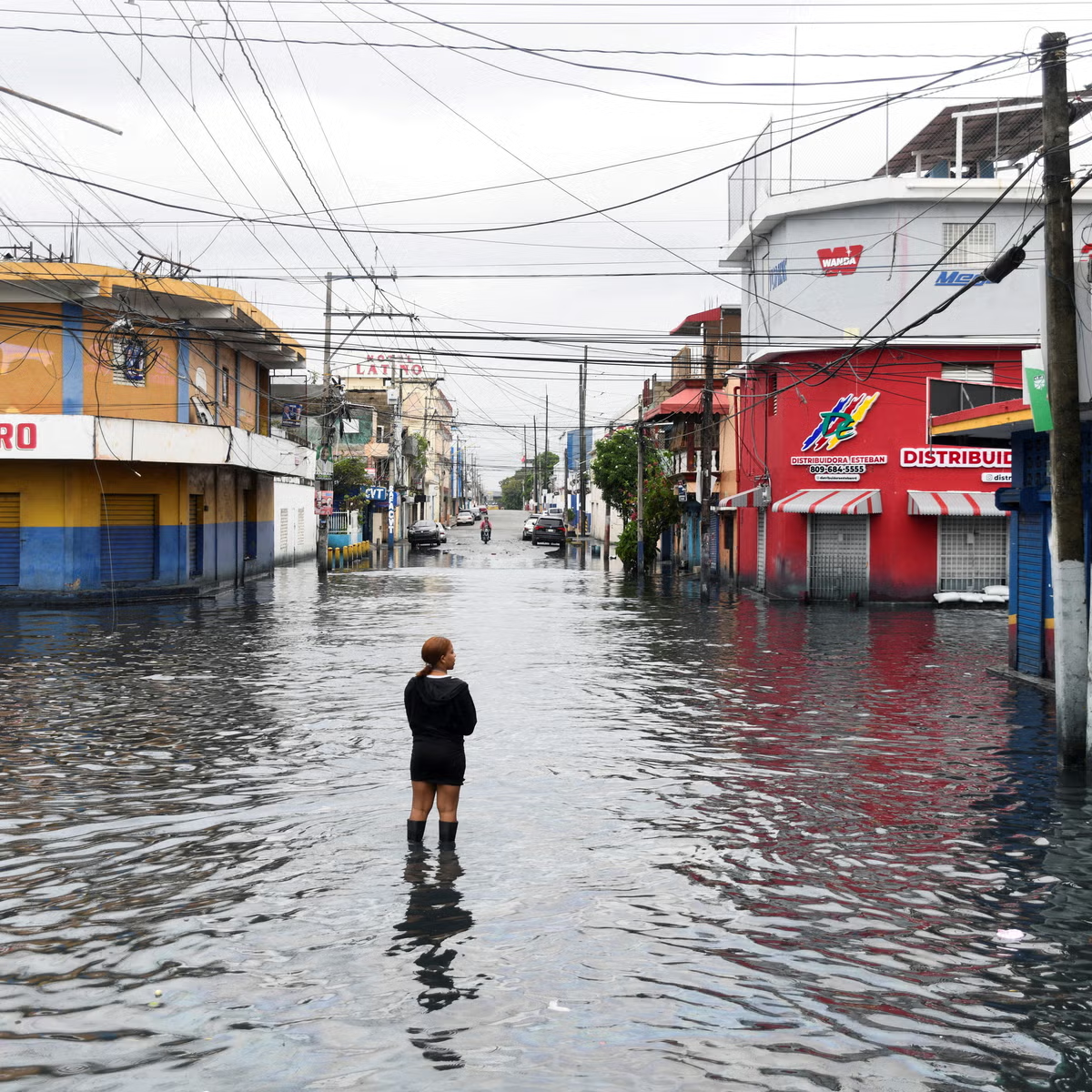
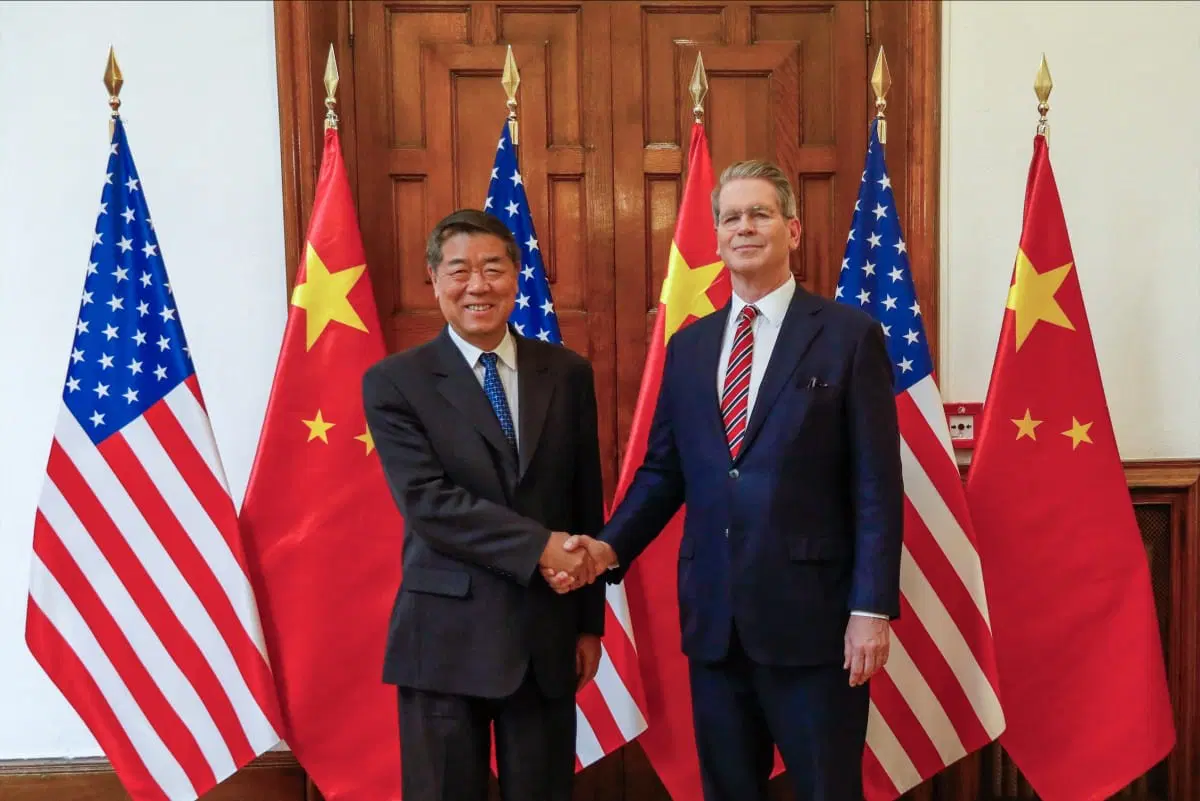
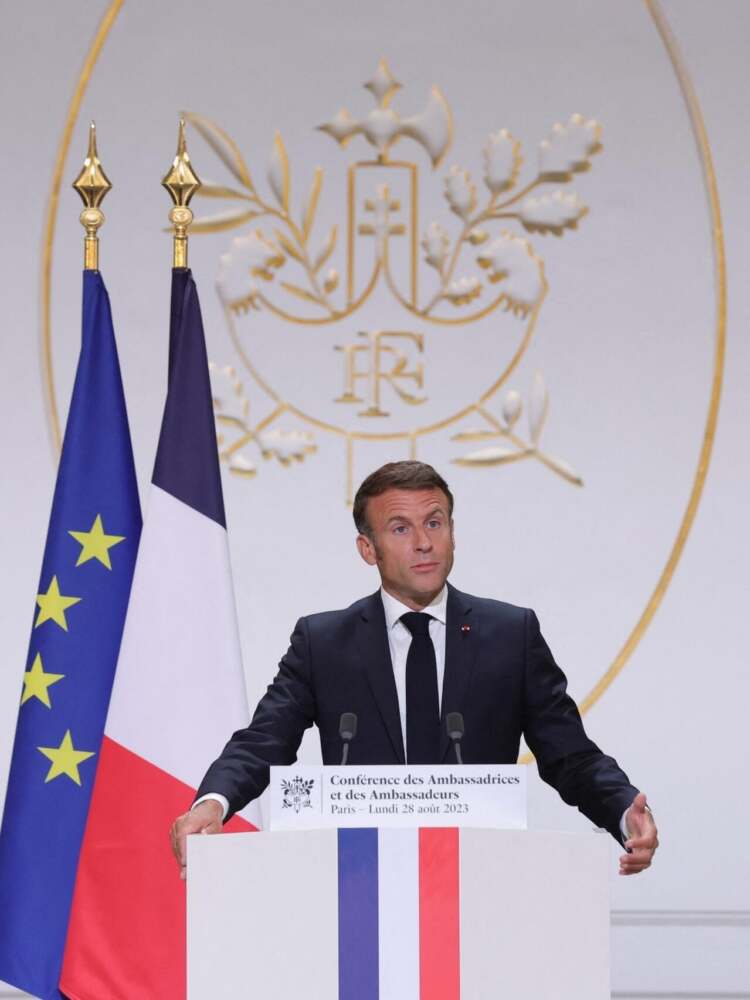


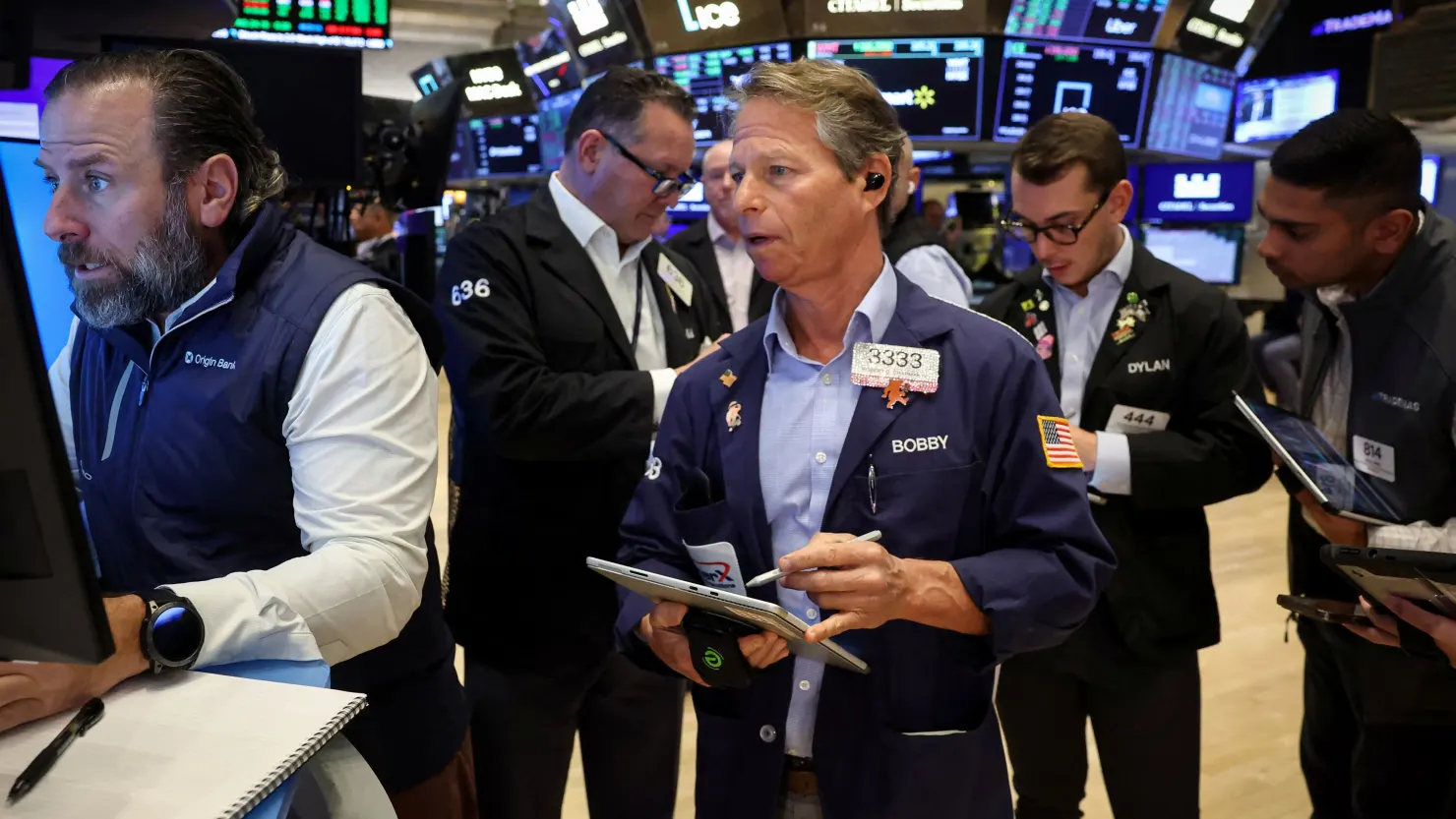

Leave a Reply